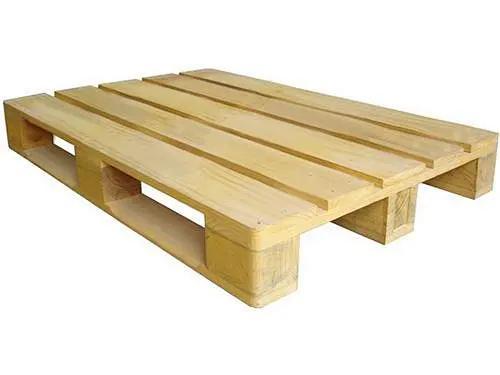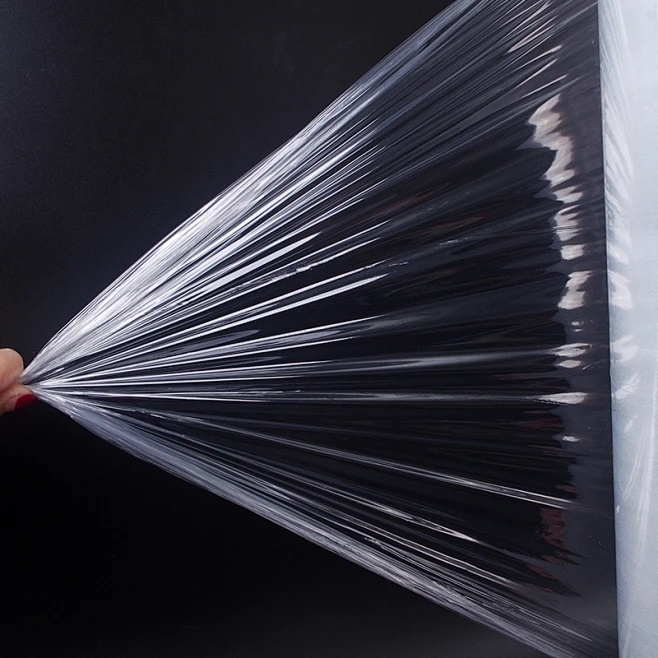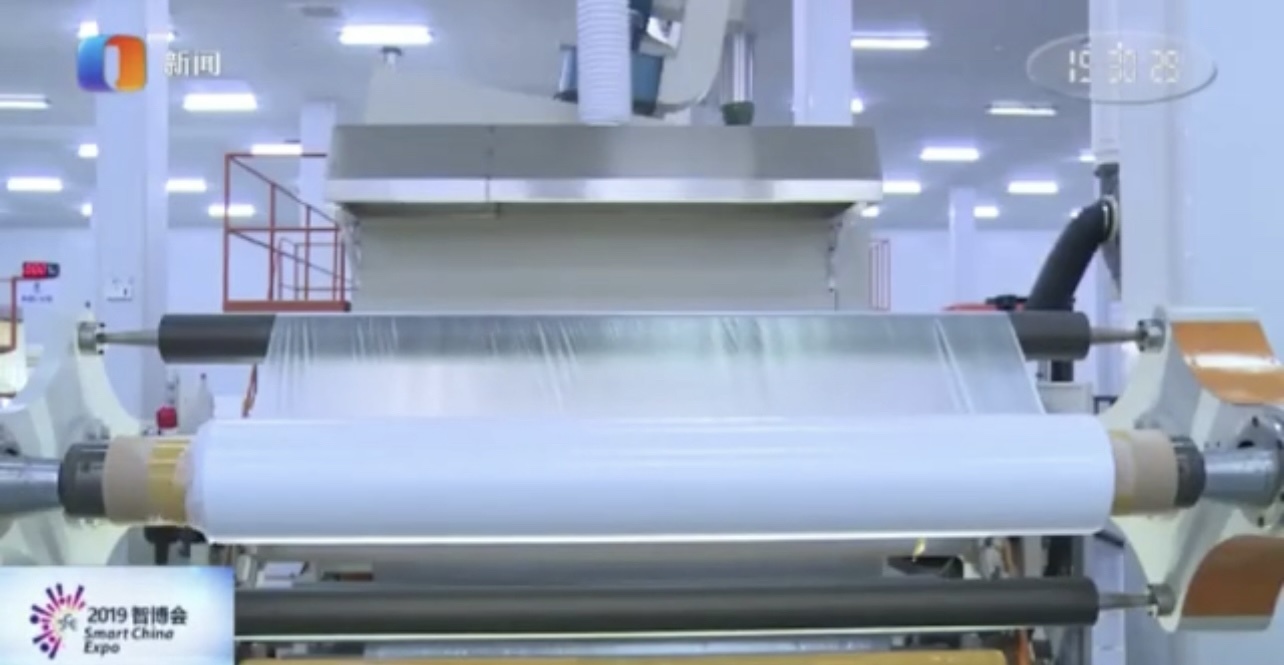10
2025
-
07
No more waste! 5 practical tips to save cling film usage
Author:
Chinafilm Group
I. Preface: Film ≠ Cutting Corners, It's Scientific Optimization!
Stretch film, an indispensable packaging material in pallet transportation and warehousing, has a low unit cost, but the cumulative expenditure is enormous in large-scale applications. Regrettably, many companies haven't realized: Relying solely on operational experience and manual judgment to use stretch film easily leads to "significant hidden waste."
According to Chinafilm Company's research data, in companies that have not optimized their wrapping processes and equipment, the average waste rate of stretch film is as high as 17%-35%. In other words, 1.7 to 3.5 tons of every 10 tons of stretch film are essentially "wasted." Calculated at a unit price of ¥15/kg, a company that consumes 50 tons of film annually would waste over ¥120,000!
Common misconceptions in film usage include: selecting excessively thick film, unoptimized equipment stretching parameters, redundant wrapping layers, and inconsistent manual operation standards. Especially in the e-commerce, food, home appliance, and heavy industry sectors, due to large and frequent shipments, even a film consumption saving of ¥0.1/item can accumulate to tens of thousands of yuan annually.
Chinafilm Group believes: Saving stretch film does not mean sacrificing safety, but rather achieving true "cost reduction and efficiency improvement" through scientific methods and systematic optimization.
II. The First Step in Saving Film: A Wrapping Strategy Tailored to the "Goods"


1. Different cargo shapes require matching wrapping methods
- Rectangular objects: Such as cardboard boxes, are suitable for "cross-shaped" wrapping, with a double-layer reinforced structure on the sides for better fixation;
- Cylindrical objects: A "diagonal spiral wrapping method" can effectively disperse tension and prevent slippage;
- Irregular goods: It is recommended to use fixed-point reinforcement wrapping + corner protector fixation method.

2. Weight significantly affects the stretch rate and film type selection
- Lightweight goods (<300kg): It is recommended to use thin film (12-15μm) + 150% stretch;
- Medium-weight goods (300-800kg): 17-20μm film + 200%-250% stretch;
- Heavy goods (>800kg): ≥23μm film + 250%-300% stretch, with reinforced layer wrapping.


3. Pallet type determines the film wrapping area strategy
- Wooden pallets: The bottom can be penetrated by film, enhancing pallet fixation;
- Plastic pallets: Requires additional reinforcement at the edges;
- European standard pallets with slots: Customized film with cuts can be used for interweaving and tightening.
Chinafilm suggests establishing a standardized packaging operation procedure (SOP) that integrates "goods + pallet + transportation method" to ensure scientific film selection and standard operations under different conditions.
III. Efficient Film-Saving Technique 1: Setting a Scientific Pre-stretch Rate

Pre-stretch rate Refers to the extensibility of the film under the action of equipment, directly determining film usage and stability.
- If the pre-stretch rate is too low, although the wrapping is thick, the film usage is large and the cost is high;
- If the pre-stretch rate is too high, the film will become thin, easily break, and lose its protective function.
Common equipment pre-stretch ranges are as follows:
- Mechanical friction type: Approximately 120%-150%
- Electric pre-stretch system: 150%-300%
- Intelligent tension compensation type: Can reach up to 350%
Chinafilm recommends that the pre-set stretch parameters of the equipment should be combined with the weight of the goods and the vibration during transportation, and the tension sensor should be calibrated regularly to avoid the expansion of deviations.
IV. Efficient Film-Saving Technique 2: Scientific Distribution of Wrapping Layers and Direction
The number of wrapping layers and path design directly affect film usage efficiency and safety and stability. Chinafilm proposes the concept of "gradual strength design," which is:
- Reinforced bottom wrapping (8-10 layers);
- Moderate mid-section wrapping (about 6 layers);
- Top sealing and pressing (4-5 layers);
- Combined with alternating "diagonal + horizontal" bidirectional paths.
In addition, in high-frequency transportation and frequent stacking and unstacking scenarios, it is recommended to add safety straps to each pallet or use products with elastic protective strips to enhance resistance to gravity and vibration.
V. Efficient Film-Saving Technique 3: Matching Equipment + Film Material Combination Optimization List

Improper matching of equipment and film materials is a common cause of film-saving failure. The following are Chinafilm's recommended combinations:
- Small-batch customers: Recommended hand-pull film (12μm) + simple mechanical pre-stretch wrapping machine;
- Regular e-commerce logistics: 17μm + semi-automatic rotating arm wrapping equipment;
- High-end manufacturing/foreign trade customers: 15μm high-elastic film + fully automatic intelligent pre-stretch machine (with tension feedback system);
- Heavy industry/chemical industry customers: 23μm puncture-resistant type + constant tension equipment + cold-drawing auxiliary components.
VI. Efficient Film-Saving Technique 4: Training Workers, the Golden Rule of Standard Operation Film Saving

The actions of frontline operators have the greatest impact on film consumption. Chinafilm has summarized the "Six Steps to Film Saving" from numerous training sessions: Six Steps to Film Saving ”
- Fix the film head → Do not arbitrarily wrap the starting point;
- Wrap the bottom twice → Secure the pallet and ground connection;
- Spiral wrapping of the middle section during ascent;
- Seal the top with two circles to lock the edges;
- Reinforce the middle section with an "8"-shaped return and interweaving;
- Insert the film tail into the previous layer of film to prevent loose packaging.
In addition, measures such as setting monthly film consumption assessments and film-saving awards for outstanding employees have been implemented to further strengthen employees' awareness of film saving.
VII. Efficient Film Saving Technique 5: Data Closed-Loop, Intelligent Optimization

The key to film saving is that "data enables improvement".
It is recommended that the film winder be equipped with a winding record system, including at least the following data items:
- Daily number of pallets shipped;
- Average film length and weight per pallet;
- Winding machine tension/stretching parameter settings;
- Damage records and feedback.
Advanced solutions can be combined with industrial vision systems or IoT sensors to identify the quality of the winding path, forming a dynamic alarm and suggestion mechanism.
VIII. Analysis of Film Saving Model Cases

- Customer Name: A large-scale metal export enterprise
- Original annual film consumption: 28 tons
- Implementation of optimization plan: Equipment + film material replacement + operator training + KPI setting
- Implementation period: 4 months
- Results: Film consumption reduced to 18.3 tons, damage rate reduced by 68%, saving packaging costs of 192,000 yuan.
IX. Conclusion: Let Film Saving Become a New Engine for Enterprise Cost Reduction
Film saving is not just a slogan, but a systematic management project. From film material selection, parameter setting, equipment upgrades, worker training to data evaluation, nothing can be missing. We are willing to be your "technical partner" on the road to saving stretch film, working with you to achieve the transition from "saving" to "precise calculation," using science to add value to every meter of film.
X. About Chinafilm Group
Chinafilm Group focuses on the research and development of high-performance stretch film products and intelligent packaging overall solutions. It has served more than 800 large and medium-sized manufacturing enterprises, has 15 utility model technology certifications and 8 invention patents, and is committed to becoming a leader in industrial packaging material saving and cost reduction in China.
Latest News
2025-12-07
Today is Great Snow—The Middle Membrane is here with you, helping you ward off the chill of winter.
2025-12-05
The “Invisible Assistant” of 3D Printing: How Thin-Film Materials Are Rewriting the Rules of Printing?
This article unveils the “cross-border collaboration” between thin films and 3D printing: From platform protection to functional carriers—what secrets do thin films hold? And what technological breakthroughs will they drive?
2025-12-04
The “core equipment” for thin-film production: From particles to finished products, these devices determine the quality of the film.
In this article, we’ll take you on a tour of a thin-film production workshop and reveal the core equipment matrix—from raw materials to finished products. Let’s see how these “industrial powerhouses” transform ordinary plastic pellets into functional films tailored for various applications.
2025-11-28
The “Divine Easy-Tease Film” on milk tea cups: Simply peel it off—no sticking to your lips—and it’s packed with cutting-edge membrane technology.
This article dissects the “past and present” of bubble tea’s easy-peel film—from the frustrating issues with the old film to the cutting-edge technology behind the new one. What secrets does this film hold? And how should consumers and bubble tea shops make their choices?
2025-11-26
A Comprehensive Guide to Thin-Film Manufacturing: Unlocking the Performance Secrets of Membrane Materials—From Basic Formation to High-End Customization
Today, thin-film technology has entered a stage characterized by "material adaptation + process combination + performance customization." From shopping-bag films costing just a few cents to optical films priced at thousands of yuan, the manufacturing process directly determines the value. This article dissects mainstream processes, analyzes their advantages, application scenarios, and upgrade directions, providing practitioners with a framework for making informed choices.

